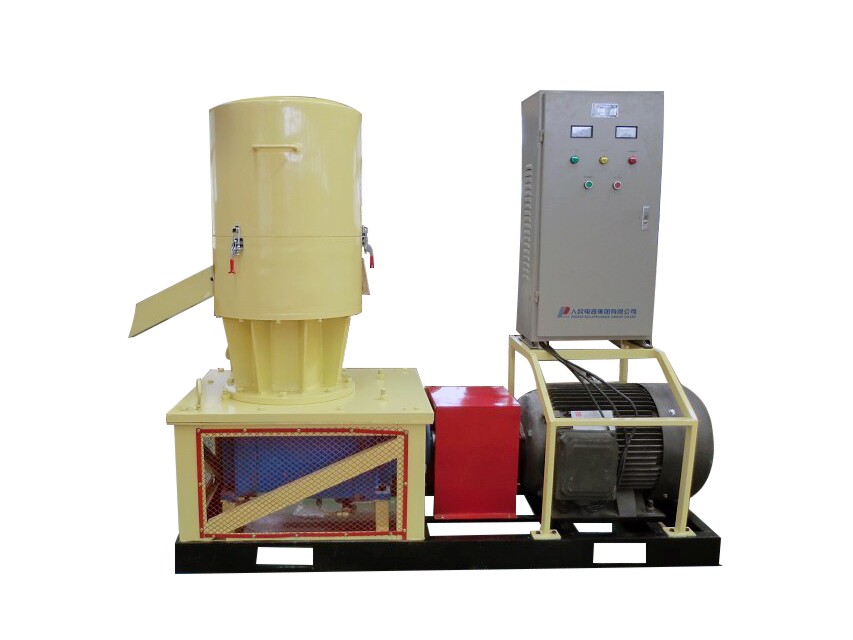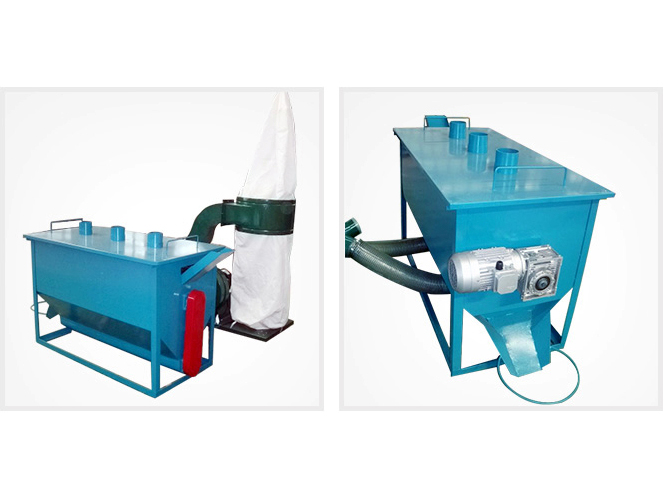
Sources of Making Wood Pellets
Wood pellets usually refer to the highly compressed, sawdust-size wood fiber. People all over the world use wood pellets to generate heat and energy from renewable resources. Wood pellets are cylindrical with standard diameters of 6 and 8 (± 0.5) mm and lengths up to four times the diameter (Alakangas 2006). Wood pellets’ advantages of compact size and portability, high energy density, low moisture content (below 10%), and minimal net carbon output make them very appealing as a renewable energy source. Adding to their appeal, wood pellets are easily adaptable to automated combustion systems, and, with carefully controlled combustion, their emissions can be rendered marginal. A variety of wood sources (feedstock) can be used to produce pellets. Utilization standards, transportation and capital costs, and availability can be critical limiting factors in feedstock selection.


The source for making wood pellets has wide ranges. And for the industrial and other large scale productions, the raw materials of wood pellets usually come from some certain sources. Below are the analyses of the current and new sources for making wood pellets.
Current Sources for Wood Pellets
The main source of the raw material for making wood pellets is currently comprised of pulpwood chips from both hardwood and softwood species. Softwood species include pine, fir, and spruce, while hardwood species include oaks, birches, beeches, willows, and poplars. Most producers of wood pellets prefer softwood to hardwood sources because softwood, due to its lower density, is easier to pulverize and compress into pellets than hardwood. However, feedstock supply and pellet prices favorable to hardwood pellets could easily change this preference. For both hardwoods and softwoods, stem wood is preferred over other parts of the tree (bark, roots, tops, and limbs), because wood pellets as a commodity product, require homogeneity and predictability of burning (combustion) characteristics. For example, wood pellets produced from tree branches and tops have high ash and bark content, which could limit their access to pellet markets where strict standards for these characteristics exist.
The residues of sawmills, such as planer shavings and sawdust, are another source for wood pellets production, as they are a byproduct of the lumber manufacturing process, sawmilling residues require little or no drying before entering pellet production. In regions where sawmilling residues have no competing use like: animal bedding, engineered wood products), their cost of wood pellet manufacturing facilities could be low. Conversely, in regions where the sawmilling residues are used extensively for engineered wood products (medium density fiberboard - MDF), or as fuel to generate heat for lumber driers, the competition for sawmilling residues could lead to higher than average feedstock costs.

New Sources for Wood Pellets
New sources for wood pellets now include the harvesting debris, forest understory, or logging residuals such as tops, limbs, and roots. All of these are promising sources for making wood pellets.

Harvesting debris and logging residuals are probably well-known to many people. As for the forest understory, it refers to the comprised of all non-merchantable biomass (unsuitable for high-value wood products, such as pulpwood, saw timber, etc.). Forest understory biomass typically consists of shrubs and small-diameter (approximately five inches or lower diameter at breast height), underdeveloped, and non-merchantable trees. To prevent catastrophic fires, forest understory is usually burned under strict regulations (prescriptions). Instead, forest understory biomass could be used as a renewable resource for conversion to a variety of fuels and energy applications, including wood pellets. These feedstock sources could become more profitable with the introduction of fuel reduction contracts between industry, government, and residents in areas affected by forest fires. Besides, forest understory as the new source for wood pellets provides a venue for using invasive species. However, forest understory source may contain large amounts of bark, leaves, needles, dirt, and rocks that can cause substantial production inefficiencies and substandard pellets. Also, the removal of forest understory biomass could deplete the forest ecosystems of nutrients. Considerably more research and development is necessary to assess the sustainability of these emerging feedstock sources and to improve their combusting characteristics.
Another potential feedstock for wood pellets is comprised of plantations of short rotation trees, also known as energy crops. Targeted for energy crops are fast growing tree species such as eucalyptus, paulownia, willows, poplar, and aspen. Energy crops could be established on marginal lands, although species selection will still have to depend on their requirements for water, soil type, and geo-climatic conditions. The benefits of well-established energy crops are: a reliable and consistent inventory, an easy-to-plan harvesting cycle, and a well-defined supply chain. The drawbacks are initial capital investment in land, equipment, seedlings, and labor, and the operational costs of maintaining and harvesting the crops.

Another possible feedstock for wood pellets is the construction and demolition waste and natural disaster woody debris. As more houses are built and forest lands are cleared for development or as a result of natural disasters (e.g. hurricanes), vast amounts of woody biomass are trucked for burial in landfills. Unfortunately, the rigors of processing this feedstock into wood pellets, combined with the extraneous material this feedstock contains, make it more suitable to burning in large biomass combustors because of their higher tolerance for foreign material and size variability.
Except use as fuel and energy in industry, wood pellets are also widely used in home heating and warming. The most common usage is in the pellets stove. Nowadays, most houses in Europe countries have pellet stove most for heating as it is clean and economical. Besides, wood pellets are also used in the horse stable, as they absorb the horses’ urine effectively and thoroughly.

As time goes on, wood pellets are sure to have wider and wider applications, and they possibly are able to reduce many traditional fossil fuels. Wood pellets have a promising future and enjoys wide popularity all over the world. And what’s more, using of wood pellets is one of the best ways to response to the advocate of low carbon life.



